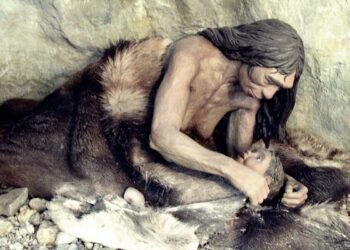The ancient Egyptians used branding irons to mark their animals, as evidenced by carvings and tomb paintings. Now a new study suggests they also used branding irons stamps to mark the skin of human slaves.

Several historical texts and illustrations, and ten branding irons dating back 3,000 years, suggest that slaves were branded by the ancient Egyptians. These bronze branding irons are presently housed at the British Museum and the Petrie Museum of Egyptian Archaeology at University College London.
The branding irons, which date between 1292 and 656 B.C.E., were likely too small to be used on livestock, according to the researchers.
“They are so small that it precludes them from being used on cattle or horses,” Ella Karev, an Egyptologist at the University of Chicago and the study’s author, told Live Science. “I’m not excluding the possibility, but we have no evidence of small animals like goats being branded, and there is so much other evidence of humans being branded.”
Furthermore, Karev told Live Science that ancient Egyptian texts describe “marking” enslaved people. Though phrase has long been believed to refer to tattoos, Karev argues that it might also refer to branding.
She also pointed to the Medinet Habu carving, which depicts ancient Egyptians “marking” prisoners of war. Though the carving, which dates from around 1185 B.C.E., appears to depict prisoners being tattooed, Karev believes it could actually show them being branded.
She says that some of the ancient Egyptian branding irons are almost exactly the same size as branding irons used by Europeans on African enslaved persons during the trans-Atlantic slave trade many centuries later.
The new study, published in The Journal of Egyptian Archaeology:






















